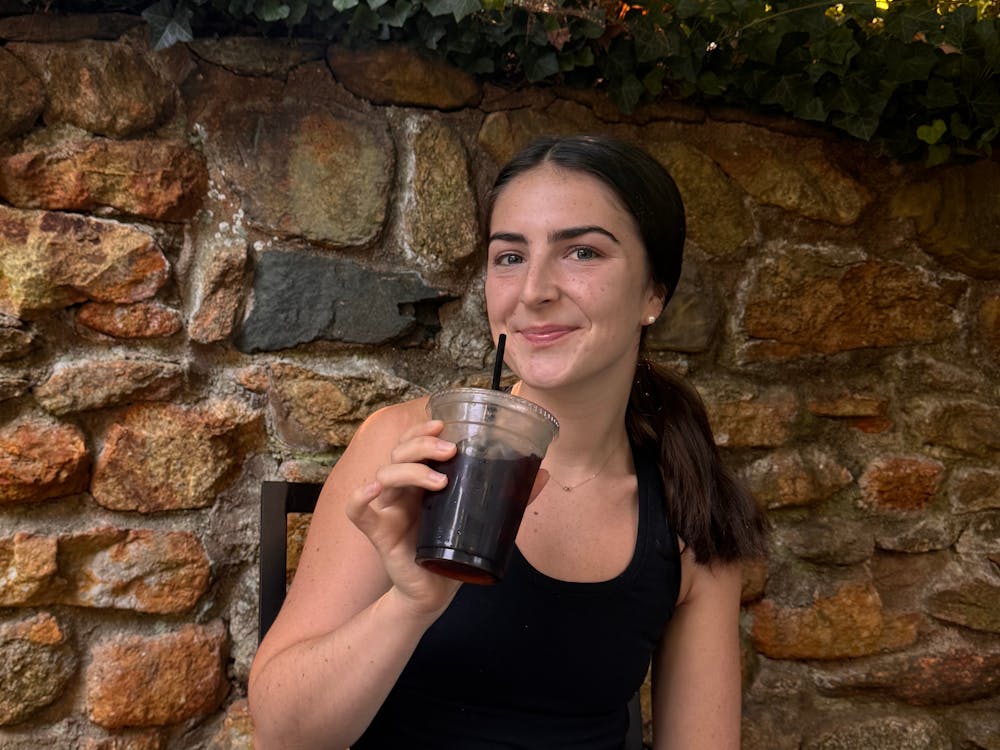It's an all-too-familiar situation: A woman normally wears a size eight, but at a different store and with a certain pair of pants, she can squeeze into a size four. She buys the size four. It feels good when the smaller size fits.
That store could be Abercrombie and Fitch, where the store's clothing, sported by scores of University students, is sized larger than many other clothing lines. The Abercrombie size zero, for instance, is the same as a size six at most other stores. Both have a 26-inch waist measurement.
While a rack-browsing woman may like the feeling of a pair of size zero jeans snug against her size four or six hips, Psychology Prof. Joe Allen says "sizing down" clothing only adds more pressure on women to conform to society's standard of beauty: tall and slim.
"That very much fits in with what we know about adolescent eating disorders and society's drive for them to look and feel thin," said Allen, who has been at the University for 11 years and teaches a course on adolescent development.
"Adolescence is a time when girls gain body fat," he said. "Society tends to value an image that's thin. It goes along with the notion that 'You should be small, you should be thin,' rather than recognize that, 'You're growing, that's good.'"
The size system can seem relatively arbitrary, but even more so when the sizes differ from brand to brand and from one article of clothing to the next.
After checking the sizing charts of 12 clothing manufacturers, including J. Crew, L.L. Bean, Guess, Old Navy, Dress Barn, Abercrombie and Fitch and Target, The Cavalier Daily found that companies with mostly older or wider-ranging age group clientele, such as Target and L.L. Bean, had the least-inflated sizes. At L.L. Bean, a waist measurement of 26 1/2 inches was a size six, while at Target the same size corresponded to a 26-inch waist.
Old Navy, the Gap and Guess all listed 26 inches as a size four. But with Abercrombie that same 26-inch waist would wear a size zero pair of jeans.
"Abercrombie jeans tend to be extremely large, which makes people more likely to buy the clothing, especially females," said second-year College student Marie Johnson, who herself owns a pair of Abercrombie jeans. "It makes you feel like you've done a good job at the gym."
But size adjustments are nothing new.
Back in the day, women used rib-squeezing girdles and corsets to make themselves feel like they wore a smaller size than usual, especially when hourglass figures were the ideal of feminine beauty.
"In the [19]50s, a lot of the clothes had fuller hips and busts, but tiny, tiny waists," said Jenny Ramirez, an associate at Halcyon Vintage Clothing in Richmond, Va., where both men and women can buy clothes from the past century.
At that vintage shop, women scanning the racks for clothes that fit may actually have to go up a size or two, Ramirez said.
"The sizing was different, but we retag it to what size it would be today," she said. "You'll see sizes 14, 16, 18, and they're much smaller than those sizes today."
At the Halcyon Vintage shop, no way would a 26-inch waist pass for a size zero.
While the size inflation may make some women feel good about their bodies, it places too much unnecessary emphasis on size in the first place. So much emphasis on labels may lead to eating disorders like anorexia nervosa or even compulsive overeating, Allen said.
According to Allen, females in America suffer from higher rates of eating disorders than males, and "the girls who are susceptible in early adolescence tend to be susceptible through college."
"You have a large portion of educated, healthy women who feel bad about themselves and their bodies because they don't match an ideal that really doesn't exist," Allen said. "The fashion models tend to be at an unhealthily low weight. Most women can't and shouldn't be at that level, but they get the message that they should."
The problem is mostly inflicted upon women.
"They don't do if for guys," said third-year College student Kelly Bryant, reflecting on the size inflation phenomenon.
But hope may be on the way.
"There are a lot of people, from doctors to psychologists to nutritionists, who are trying to get the message out" about a realistic body image, Allen said. "It's finally starting to take root"






